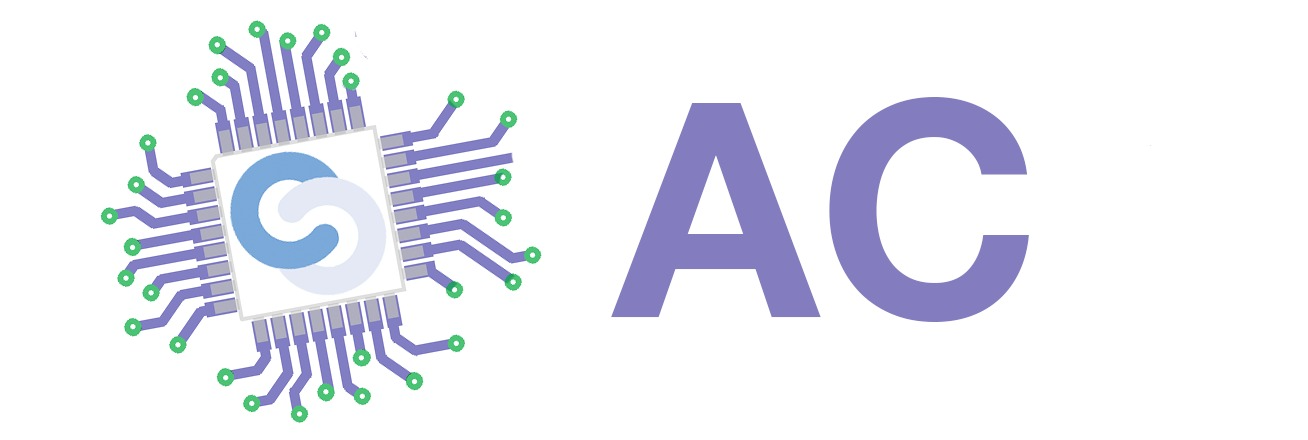Exercises
In order to implement the exercises, use the lab archive below, considering the simulator you have on your workstation. The files already have a Xilinx ISE / Vivado project that you are able to run; the checking will be performed visually during the lab practice. Follow the instructions and hints below and the zones marked with TODO in the corresponding files.
Lab practice
- Starting from the interface of sequential_multiplier, inplement a finite state machine that use the module register with different sizes. The implementation shall follow the next rules:
- When the
writesignal is high, write each register (A and B) with the proper inputs; - When the
executesignal is high, the values from the input registers are extracted (read), execute the operation and save (write) the result in the corresponding register; - When the
displaysignal high, put the values at the output of the module (read the result); - The priorities are in order
write-execute-displayi.e. ifwriteandexecuteare 1 in the same time, theexecutesignal is ignored and the module enters WRITE stage. - Hint: Study the connections between the modules.
- Hint: Write and read can be controlled through
weandoe; go again through lab2 exercises. - Hint: Writing the state diagram on paper always helps!
Home assignment
- (5p) Modify the Sequential ALU to allow both ADD and SUB operations. To enable this feature, add a new input port - you can call it how you want it, let's say operation - which selects the operation that is performed in the EXECUTE stage. Add the proper stimuli in the _test file to execute both ADD and SUB on the same input values.
- Hint: Notice the
alumodule; it has already a operation port inside. The new port shall only be connected. - Hint: You can notice the behavior of the state machine by adding some more stimuli sets, to see how your state machine behaves - specially when more than one command is triggered in the same time.
- (5p) Implement a pedestrian semaphore FSM. For the pedestrians, the timing is: 60 timeunits for the red colour, 30 timeunits for the green colour. Analyse the state machine from the picture below.
- Hint: There are two steps of the implementation: instantate and connect the modules between them in the trecere.v file and implement the functionality in trecere_fsm.v
- Hint: Analyse the counter.v implementation. It resembles the counter implemented in lab2, however it is not the same. You must use it in your implementation.
- Hint: Search for ToDo's inside



